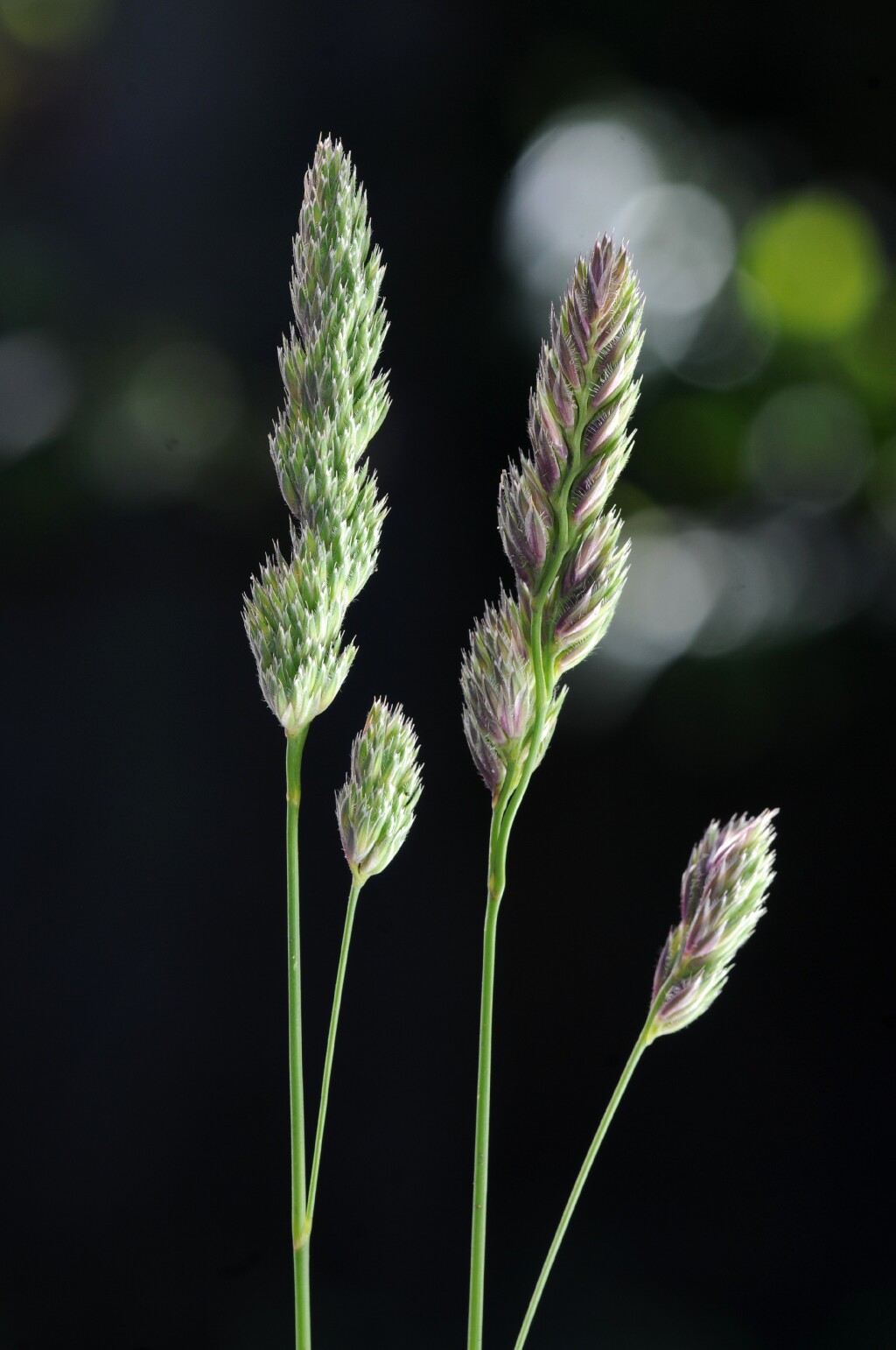Dactylis glomerata
L. CocksfootStrongly tufted, with culms to c. 1 m high. Vegetative shoots compressed. Leaf-blades to 50 cm long and 12 mm wide, scabrous to shortly pubescent; ligules blunt, 2–12 mm long. Panicle oblong to ovate, 2–30 cm long, the branches spreading in one plane or remaining erect, the lower branches to 20 cm long. Spikelets 5–9 mm long; glumes membranous, smooth, or scabrous along the keel, 3–7 mm long; lemmas firm, 4–7 mm long, scabrous or ciliate along keel toward apex, usually with an apical mucro or short awn to 1.5 mm long. Flowers Nov.–Jan.
LoM, Wim, GleP, Brid, VVP, VRiv, RobP, MuF, GipP, OtP, WaP, Gold, CVU, GGr, DunT, NIS, EGL, EGU, WPro, HSF, HNF, OtR, Strz, MonT, VAlp. Naturalized in all States except NT. Indigenous to Europe, northern Africa, temperate Asia. A common roadside and pastoral weed in cooler parts of the State, often utilized as a rough hay grass. Uncommon to rare in the drier north of the State. .
Walsh, N.G. (1994). Poaceae. In: Walsh, N.G.; Entwisle, T.J., Flora of Victoria Vol. 2, Ferns and Allied Plants, Conifers and Monocotyledons, pp. 356–627. Inkata Press, Melbourne.
 Spinning
Spinning




